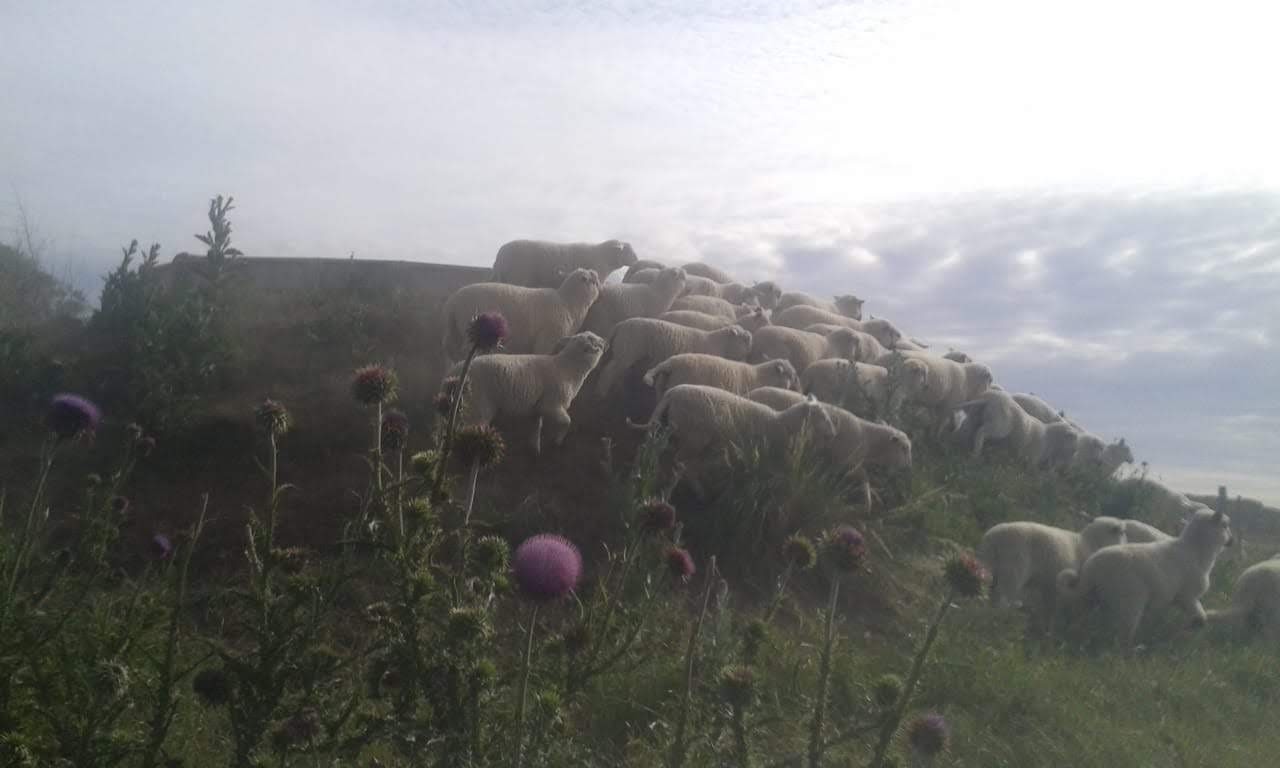Effect of breed on carcass and meat quality in Pampinta lambs and their crossing with Hampshire Down
DOI:
https://doi.org/10.19137/cienvet202123206Keywords:
lambs, carcass and meat quality, Pampinta, Hampshire DownAbstract
Crossbreeding is an important tool to improve sheep meat production. The objective of the present work was to evaluate the characteristics of the carcass and meat of Pampinta lambs and their cross with Hampshire Down. For the study, 23 whole male lambs were used, 11 of the Pampinta breed and 12 Pampinta crosses with Hampshire Down. The lambs were checked healthily and weighed weekly. At the mother’s foot they grazed on triticale (Triticosecale aestivum; L.) greens with vetch (Vicia sativa). They were weaned with an average weight of 20.2 (4.22) kg live weight (LW) and a WC of 2.5 on average (scale from 1 to 5). They entered a pen in a single group for 84 days. On the day of slaughter, the PV Pampinta 37.25 (1.76) kg was recorded; Hampshire Down 37.25 (1.81) kg, hot carcass weight; shaping and fattening; the fat (pelvic-renal) for the category of more than 13 kg of carcass; hot runner pH; LC and LP; AG and AT and compactness indices calculated from morphometric measurements and weight. After 12 h of maturation, PCE and pH were measured and EGD was determined in longissimus thorasis muscle; thickness of the subcutaneous tissue at the GR point; AOB; FC with the Warner-Brätzler shear; CRA and PPC. The animals were classified according to the letters S, E, U, R, O and P; according to great muscular development up to a marked muscular deficiency, and 5 degrees were stipulated for the completion, from the lack of fat coverage to the excessive presence. There was no effect of breed (P = 0.05) on all carcass characteristics. Analysis of variance (ANOVA) was used for data analysis. These results reflect differences in the conformation of the carcass.
of the carcass.
Downloads

Downloads
Published
Issue
Section
License
Al momento de enviar sus contribuciones, los colaboradores deberán declarar , de manera fehaciente, que poseen el permiso del archivo o repositorio donde se obtuvieron los documentos que se anexan al trabajo, cualquiera sea su formato (manuscritos inéditos, imágenes, archivos audiovisuales, etc.), permiso que los autoriza a publicarlos y reproducirlos, liberando a la revista y sus editores de toda responsabilidad o reclamo de terceros , los autores deben adherir a la licencia Creative Commons denominada “Atribución - No Comercial CC BY-NC-SA”, mediante la cual el autor permite copiar, reproducir, distribuir, comunicar públicamente la obra y generar obras derivadas, siempre y cuando se cite y reconozca al autor original. No se permite, sin embargo, utilizar la obra con fines comerciales.







.jpg)

4.png)


7.png)



